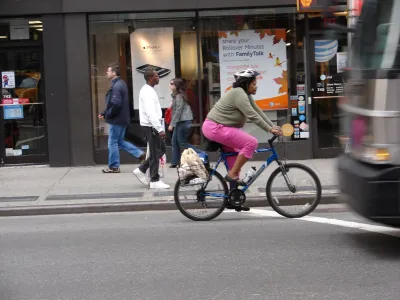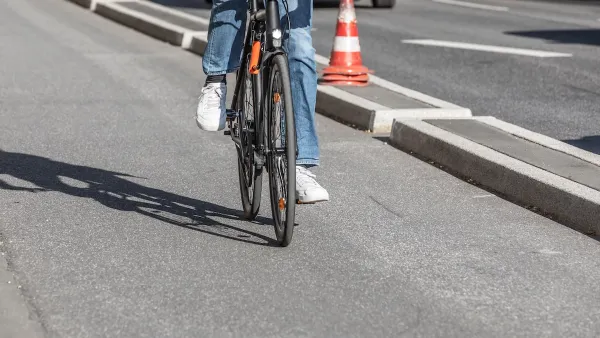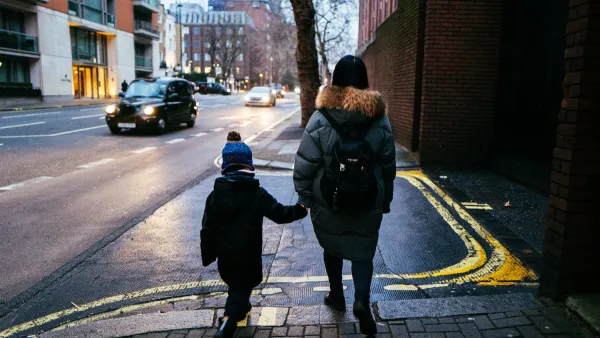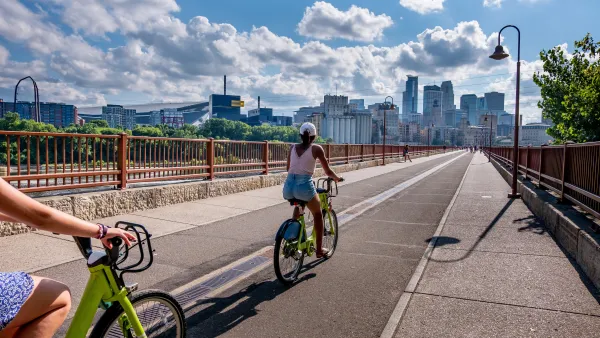New analysis of National Household Travel Survey data shows that the United States has a long way to go to overcome the dominance of the automobile for daily travel.

A new study published by the Journal of Transport & Health documents changes in walking and cycling for daily travel among U.S. residents between 2001 and 2017. The study, published in the March 2020 volume of the journal, uses National Household Travel Survey (NHTS) data to examine the extent to which rates of walking and cycling have changed along demographic, socioeconomic, and geographic lines.
According to the abstract and highlights from the study, the findings of the analysis include the finding that slightly more Americans are walking every day and cycling stayed steady. "There was substantial demographic, socioeconomic, and spatial variation for each year and over time," according to the post.
The lack of progress in substantially changing the numbers of walkers and bikers, however, inspires the author of the study to call on government officials to invest more in bike and pedestrian infrastructure.

National Parks Layoffs Will Cause Communities to Lose Billions
Thousands of essential park workers were laid off this week, just before the busy spring break season.

Retro-silient?: America’s First “Eco-burb,” The Woodlands Turns 50
A master-planned community north of Houston offers lessons on green infrastructure and resilient design, but falls short of its founder’s lofty affordability and walkability goals.

Delivering for America Plan Will Downgrade Mail Service in at Least 49.5 Percent of Zip Codes
Republican and Democrat lawmakers criticize the plan for its disproportionate negative impact on rural communities.

Test News Post 1
This is a summary

Test News Headline 46
Test for the image on the front page.

Balancing Bombs and Butterflies: How the National Guard Protects a Rare Species
The National Guard at Fort Indiantown Gap uses GIS technology and land management strategies to balance military training with conservation efforts, ensuring the survival of the rare eastern regal fritillary butterfly.
Urban Design for Planners 1: Software Tools
This six-course series explores essential urban design concepts using open source software and equips planners with the tools they need to participate fully in the urban design process.
Planning for Universal Design
Learn the tools for implementing Universal Design in planning regulations.
EMC Planning Group, Inc.
Planetizen
Planetizen
Mpact (formerly Rail~Volution)
Great Falls Development Authority, Inc.
HUDs Office of Policy Development and Research
NYU Wagner Graduate School of Public Service





























